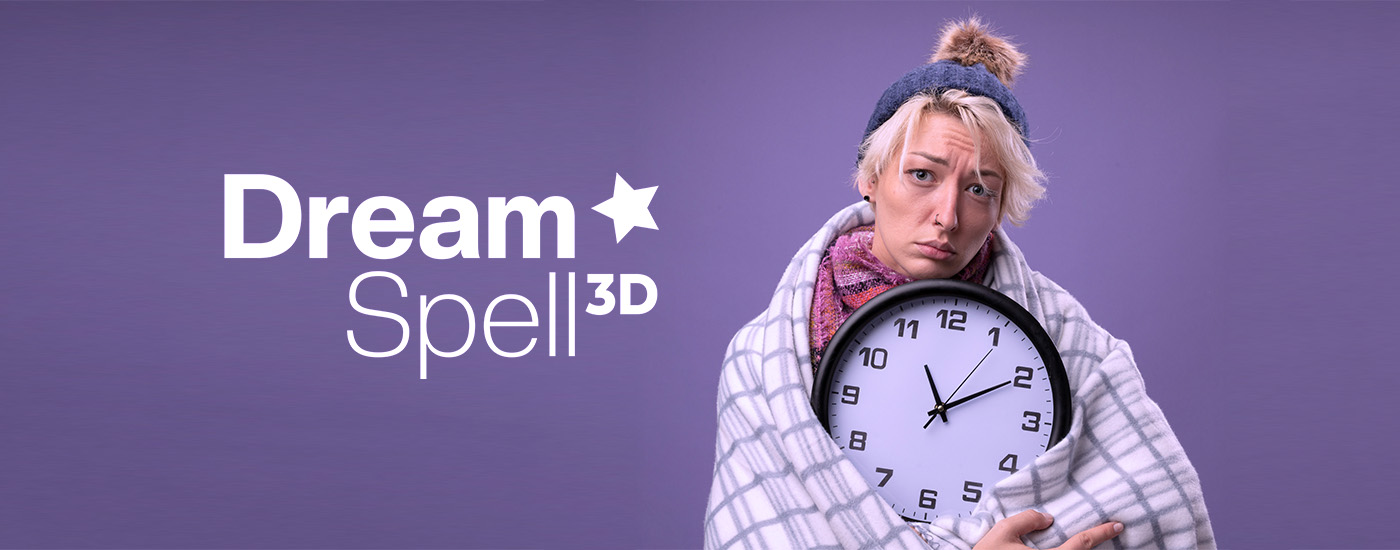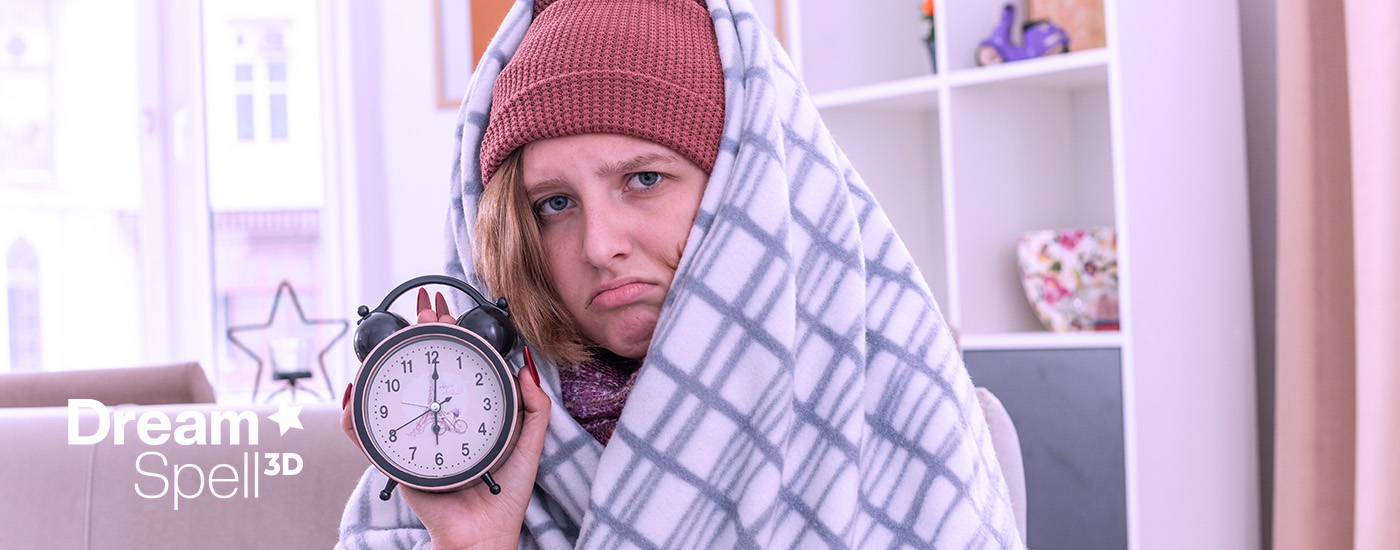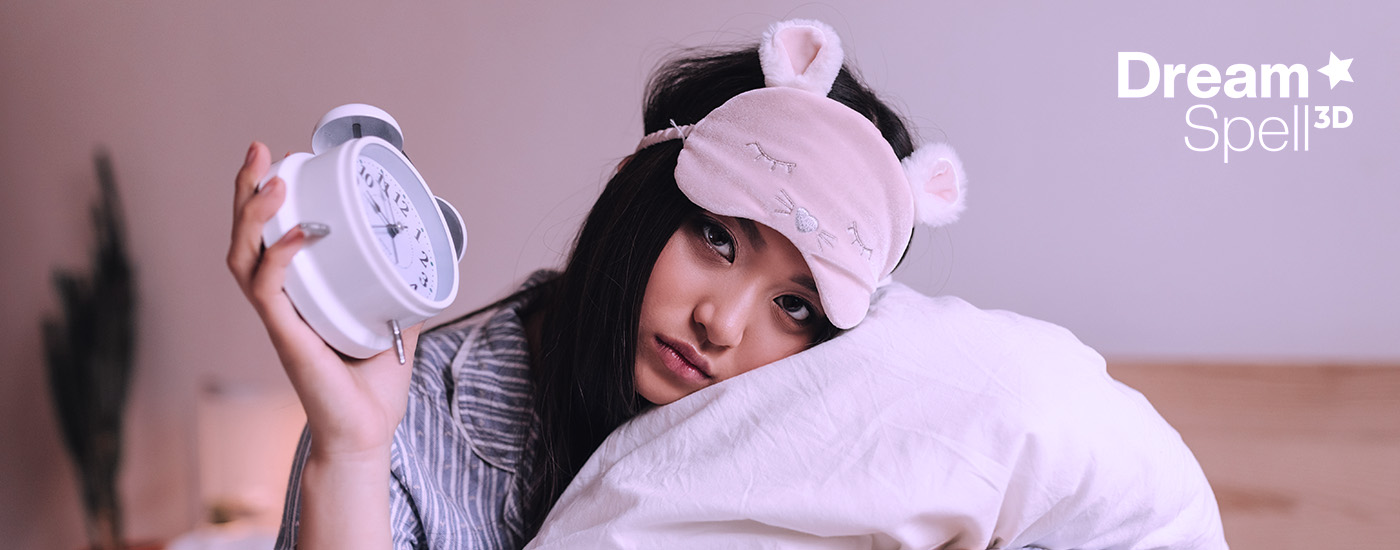https://www.jitlztzxub.com/
Dear Sir/Madam,
We are exploring long-term business collaborations and found your company of interest. May we kindly request your product catalog and pricing? You may contact me via WhatsApp: +44 799 914 9493+1 579 262 4985
https://www.wkahwgjrbtjzz.com/
Hi,
Would you be open to a simple link exchange? I’ll publish a short feature article about your business & linking to your site (dreamspell3d.com) from one of ours — and in return, you link back to us from any page on your site
.
Let me know if you’re keen!
Best,
Choy
http://WWW.GEOTROTT.COM
Honey, They now sell on Walmart for just $19.95! WWW.GEOTROTT.COM
https://shorturl.at/p9jus
Social media marketing boosts your business by capturing your target audience with contemporary, stylish content.
Let me do for you Modern designs for Instagram, Facebook post design, Twitter, LinkedIn, Pinterest, TikTok, Shopify, and your website with captivating social media post designs.
I can help you to Make your Social Media more glowing
visit my 5 star profile and join over 3000 happy customer
Click here to check out and lets start work together ===== > https://shorturl.at/p9jus
See you there!
Regards
Ronny
https://mutualaffiliate.com/VaRSHO
Shop Hot Deals at AliExpress – Unbelievable items at Unbeatable Lowest Retail Prices!
Grab Tech, Fashion, Home Goods & more with worldwide shipping up to 90% OFF
Free Priority Shipping -> Shop Now: https://mutualaffiliate.com/VaRSHO
P.S. As an affiliate, I may earn a small commission from purchases made through this e-store with my link above, at no additional cost to you.
https://www.khfgqqvt.com/
Dear Sir/Madam,
We are exploring long-term business collaborations and found your company of interest. May we kindly request your product catalog and pricing? You may contact me via WhatsApp: +44 795 034 4284
https://fastcheapleads.com/
Look! you could be making many sales right now by reaching out to hundreds of tousands of your possible customers from your city or state!
We can help get started!
FASTCHEAPLEADS.COM
https://fastcheapleads.com/
https://ai-coloring-book-creator.blogspot.com
Hi Dreamspell 3d,
Ever faced the tiring, complex & grilling process of creating self updating, fully automated Coloring Books Websites for your business.
Take my word,
There’s nothing more difficult & time consuming than that…
How about we take care of everything so you can just sit back & relax…
Yes,
Gone are the long hours of editing, sleepless nights and working overtime.
Here’s how to put a stop to all that once & for all…
=>> https://ai-coloring-book-creator.blogspot.com
Watch AI Coloring Book Creator In Action Here
AI Coloring Book Creator helps to tap into the huge Coloring Books Website building industry & provide red hot services to hungry audience with no third party dependency
Just Follow 3 Simple Steps-
Step 1- Login
Step 2- Publish Site
Step 3- Sell & Profit
& that’s all.
You’re all set to pack a lasting punch on your competitor’s face.
See Complete Business Boosting Features Here
=>> https://ai-coloring-book-creator.blogspot.com
With this, business owners can easily-
✔ Reduce dependency on multiple apps and expensive monthly subscriptions
✔ Stop paying huge on money sucking third parties that charge like crazy
✔ Get started with no prior tech experience needed
✔ Not worry for any profit sharing or additional charges
✔ Take complete control of your destiny
Yeah, with this in your marketing arsenal, making a real income by selling premium blogs, articles, video trainings etc will be a reality.
I can bet there’s nothing faster, easier and smarter than this.
Your opportunities are endless.
There’s nothing more to mention now.
Get AI Coloring Book Creator At Low Earlybird Price
=>> https://ai-coloring-book-creator.blogspot.com
Best,
[Evelyne Doi]
https://freewebsitetrafficforever.top
Free traffic to your site. No signup. No strings. Limited spots. https://freewebsitetrafficforever.top
https://fastcheapleads.com/
GET MORE LEADS.
We can get you thousands of possible clients contact info!
FASTCHEAPLEADS.COM
https://fastcheapleads.com/





